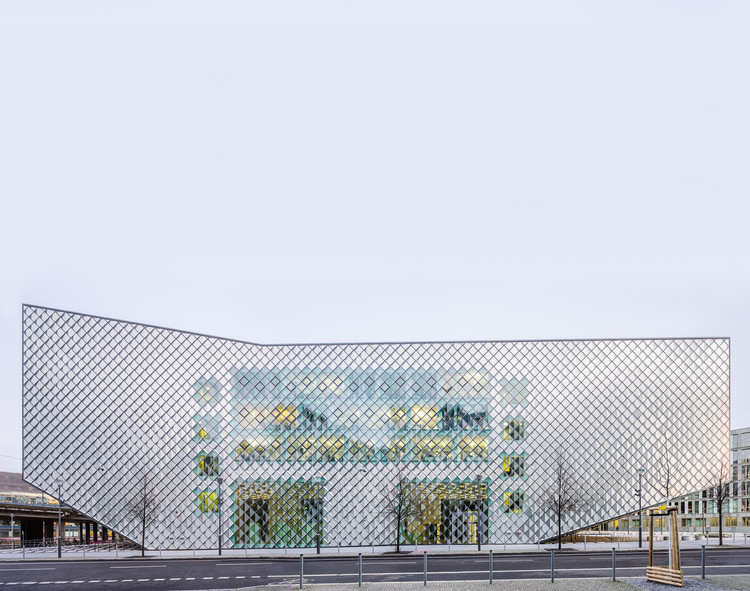
Every two years, starting in 1998, the Saint-Gobain International Gypsum Trophy has awarded the most recent developments for quality craftsmanship in drywall systems and plastering. This year, the 13th edition of the Gypsum Trophy took place in Athens on April 28th, 2023. From the Americas to Asia, from Europe to Africa, 73 projects from 27 countries competed in six categories to win one of the 15 prizes of the competition.
Participating contractors combine their know-how and creativity with Saint-Gobain plaster and dry lining systems to carry out high-performance projects. Whereas some are built on existing historical structures, others create something completely new. Similarly, some projects were completed with the help of over a thousand employees/teammates, while others by just a few.
See this year's winners below, as well as the details of the Awards.











.jpg?1560394338)





-45.jpg?1545636155)
-44.jpg?1545636138)


.jpg?1540326849)
.jpg?1540326883)
.jpg?1540326905)
.jpg?1540326894)







